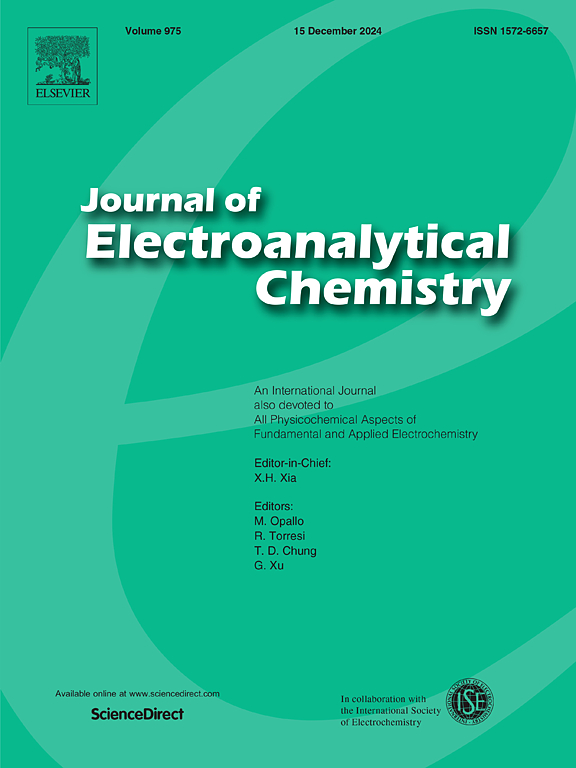Dry coating and self-combustion reaction strategy for lithium residual removal and performance enhancement of Ni-rich oxide cathodes
IF 4.1
3区 化学
Q1 CHEMISTRY, ANALYTICAL
引用次数: 0
Abstract
Dry coating application for Ni-rich layered oxide cathode materials is one attractive approach to improving the performance of rechargeable batteries due to their avoiding moisture sensitivity, damage to the layered structure, and environmental issues. However, surface impurities are still severe, causing capacity fading and poor electrochemical cycle life. Herein, we propose a simple dry aluminum oxide surface coating to build a stable surface structure and simultaneously effectively eliminate surface impurities. An exothermic reaction generates a high energy of 23,802 kJ/kg (at 300 °C) to remove LiOH and Li2CO3 surface impurities, and a lithium quantity from impurities transferred to the aluminum oxide forms a stability-conducive LiAlO2 coating layer. Accordingly, the LiAlO2 coating on Ni-rich oxide layered cathode materials demonstrates the high electrochemical performance of lithium-ion batteries. The results highlight a cost-effective and scalable coating process for cathode active materials, paving the way for large-scale cathode production in lithium-ion batteries.
富镍氧化物阴极干涂及自燃反应去除锂残馀及提高性能策略
在富镍层状氧化物正极材料上应用干涂层是提高可充电电池性能的一种有吸引力的方法,因为它避免了对水分敏感、破坏层状结构和环境问题。然而,表面杂质仍然严重,造成容量衰减和电化学循环寿命差。在此,我们提出了一种简单的干燥氧化铝表面涂层,以建立稳定的表面结构,同时有效地消除表面杂质。放热反应产生23,802 kJ/kg(300℃)的高能量去除LiOH和Li2CO3表面杂质,杂质中的锂量转移到氧化铝中形成有利于稳定性的LiAlO2涂层。因此,在富镍氧化物层状正极材料上涂覆LiAlO2涂层显示了锂离子电池的高电化学性能。研究结果强调了一种具有成本效益和可扩展的阴极活性材料涂层工艺,为锂离子电池的大规模阴极生产铺平了道路。
本文章由计算机程序翻译,如有差异,请以英文原文为准。
求助全文
约1分钟内获得全文
求助全文
来源期刊
CiteScore
7.80
自引率
6.70%
发文量
912
审稿时长
2.4 months
期刊介绍:
The Journal of Electroanalytical Chemistry is the foremost international journal devoted to the interdisciplinary subject of electrochemistry in all its aspects, theoretical as well as applied.
Electrochemistry is a wide ranging area that is in a state of continuous evolution. Rather than compiling a long list of topics covered by the Journal, the editors would like to draw particular attention to the key issues of novelty, topicality and quality. Papers should present new and interesting electrochemical science in a way that is accessible to the reader. The presentation and discussion should be at a level that is consistent with the international status of the Journal. Reports describing the application of well-established techniques to problems that are essentially technical will not be accepted. Similarly, papers that report observations but fail to provide adequate interpretation will be rejected by the Editors. Papers dealing with technical electrochemistry should be submitted to other specialist journals unless the authors can show that their work provides substantially new insights into electrochemical processes.

 求助内容:
求助内容: 应助结果提醒方式:
应助结果提醒方式:


